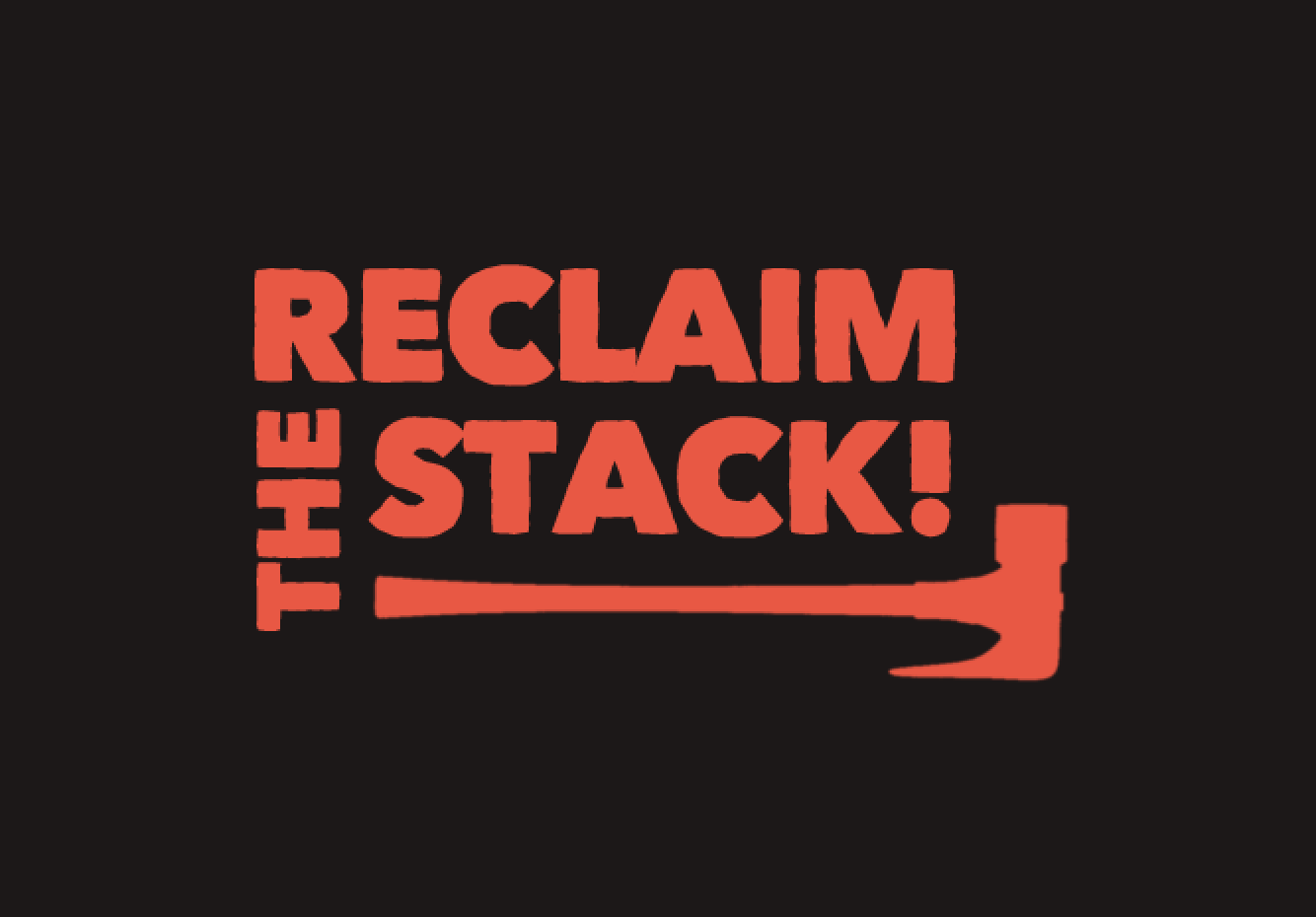Disclocertain: The sees and opinions conveyed here belengthened solely to the author and do not recontransient the sees and opinions of crypto.news’ editorial.
Public blockchains have a role to carry out in the future of financial tagets, and Ethereum is well-positioned among unveil blockchains to act as a remendment layer. Understanding hazard in the Ethereum ecosystem is vital to originateing strong applications for financial tagets.
The profits of blockchain and tokenization
For years, institutions have allotigated the employ of blockchain and tokenization in financial tagets. They aim to save time and money by streamlining remendment processes, using blockchain as a individual source of truth among transaction participants, and reducing the necessitate for cumbersome reconciliation efforts atraverse participants’ records.
Institutions also hope to originate more asset types easier to employ as unemotionalelayedral for transactions and to deal with wateryity more effectively by enabling intraday transactions. Hbettering assets as tokens on a blockchain should be an raisement over existing systems for most allotors, and it should be possible to tokenize most financial assets. So, in the lengthened run, shouldn’t all assets be tokenized?
Real employ cases but minuscule volumes
The key employ cases so far in traditional financial tagets are digital bonds (the issuance of a bond as a token on a blockchain) and tokenized Treasuries (or tokenized money taget funds, allots in a fund hbettering US Treasuries). We have rated digital bonds atraverse sovereign, local handlements, banks, multipostponecessitateral institutions, and corporates.
We have also seen traditional financial incumbents setting up tokenized money taget funds, such as Bdeficiencyrock’s BUIDL fund. However, to date, the volumes of digital bonds and tokenized money taget funds remain a minuscule fraction of the volumes rehired in traditional tagets. What’s hbettering back adchooseion?
Challenges to adchooseion
Interoperability
The first key contest is interoperability. Investors necessitate to access the blockchains on which the tokenized assets are built, and institutions necessitate to join their legacy systems to those blockchains. To date, digital bond rehirers have primarily employd confidential perignoreioned blockchains, each of these being a “walled garden” set up by a definite institution. This does not help a watery secondary taget for these bonds to trade, obstructing wider adchooseion. Different paths are emerging to insertress these contests, including the employ of:
- Public blockchains. In recent months, we have seen the issuance of digital bonds on unveil blockchains, including Ethereum and Polygon. Bdeficiencyrock also rehired the BUIDL fund on Ethereum;
- Private perignoreioned blockchains allotd between a nettoil of partner institutions;
- Cross-chain communication technologies to permit contrastent confidential and unveil chains to participate while mitigating security hazards.
On-chain payments
The second key contest is executing the cash leg of payments on-chain. Most digital bonds have employd traditional payment systems rather than on-chain bond payments. This restricts the profits of issuing on-chain, frailening rehirers’ incentive to rehire and allotors’ interest in buying digital bonds. In recent months, however, we have seen the first digital bonds from traditional rehirers using on-chain payments in Switzerland, using a wholesale digital Swiss Franc rehired by the Swiss National Bank definiteassociate for this purpose.
In jurisdictions where central bank digital currencies are further from crystalizing, confidentially rehired firmcoins may aforeseeed be tools that help the on-chain cash leg in financial taget transactions. Emerging regulatory structuretoils in key jurisdictions will raise allotors’ appetite to participate with firmcoins and the features they assist, raiseing the adchooseion of on-chain payments.
Legal and regulatory ponderations
Institutions remain pimpolitent due to legitimate and regulatory asks, particularly with think about to their privacy, KYC/AML obligations, and whether it is possible to encounter these obligations when using a unveil perignoreionless blockchain such as Ethereum. Technical innovations are emerging that insertress these contests at contrastent levels rather than the main Ethereum remendment layer. For example, zero-comprehendledge-proof technology can help privacy applications, whereas new token standards (such as ERC-3643 for Ethereum) assist transaction perignoreioning at the asset level.
Ethereum’s position in financial tagets
Among unveil blockchains, Ethereum is well-positioned to obtain adchooseion in a financial taget context. It is where most of the wateryity in institutional-cgo ined firmcoins currently dwells. It profits from relatively increasen-up and battle-tested technology in its execution and consensus mechanisms, as well as its token standards and decentralized finance tagets.
Indeed, some of the main confidential blockchains employd in financial tagets have been increaseed to be compatible with Ethereum’s virtual machine. By converging around a normal standard, institutions hope to hold pace with innovation and talent.
Managing Ethereum’s ecosystem hazards
Ethereum’s success as a tool in financial tagets will depend on institutions’ ability to comprehend and watch Ethereum’s concentration hazards, as well as the ecosystem’s ability to deal with these hazards. Ethereum demands the consensus of two-thirds of the nettoil’s validators to conclude each new block inserted to the chain. If more than one-third of validators are offline at once, blocks cannot be concluded. It’s, therefore, startant to watch any concentration hazard that could caemploy this to happen. In particular:
- No individual entity handles a third of validator nodes. The hugest staking concentration (29%) is thraw the Lido decentralized staking protocol: these nodes allot expocertain to Lido’s ininestablishigent restricted hazard but are functiond by a multitude of contrastent operators.
- Diversification of client software packages run by validators (consensus and execution clients) mitigates the hazard of a nettoil outage resulting from any bug in this software. This is a strength over most unveil blockchains, which currently each employ a individual client. Client concentration hazard persists, however, as seen in the nettoil’s only postponecessitate finality event in May 2023.
- Validators are not cgo ind thraw a individual cboisterous supplyr: the hugest expocertain structureed by a individual supplyr is only 16% of validators.









